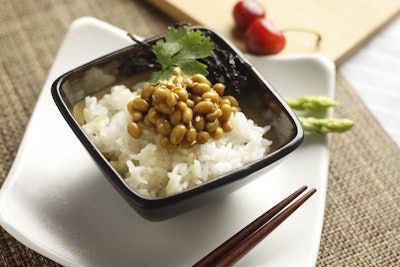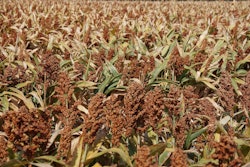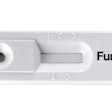
At the height of the COVID-19 pandemic, demand for natto surged as consumers sought shelf-stable options, reports the U.S. Soybean Export Council (USSEC).
What is natto? Natto is a traditional Japanese food made from fermented soybeans. Fermentation breaks down the proteins in the soybean, making it easier to digest than whole soybeans. Commonly eaten at breakfast, natto is popular in Japan for its health benefits. Natto soybeans are small, with a clear hilum and thin seed coat.
U.S. Soy supplies around 70% of the soybeans used as raw materials to Japan’s natto industry. USSEC has built a close relationship with the Japan Natto Cooperative Society Federation (JNCSF), organizing technical training such as “U.S. Soy Production Short Training for Next-Generation Owners” and establishing the U.S. soy award series in the national natto competition.
The U.S. soy industry and farmers continue to work to innovate to meet the needs of international customers, with investments taking place in developing new natto soybean varieties. Brushvale Seed, a soyfood supplier based in Breckenridge, MN, has started to develop high oleic natto soyfood varieties.
“Breeding a soybean that continues to have high protein, small seed size, and good yield, while exhibiting a high oleic fatty acid profile has been a challenge," Aaron Mohs, research agronomist at Brushvale Seed, told USSEC. "However, we are happy to say that we expect to have a commercialized high oleic natto bean available for international buyers to purchase in the next few years.”
An 8-minute film, Natto – the Power of Life, was recently produced by the Japan Natto Cooperative Society Federation (JNCSF), to support the overseas expansion of natto.
For more information, visit USSEC.


















